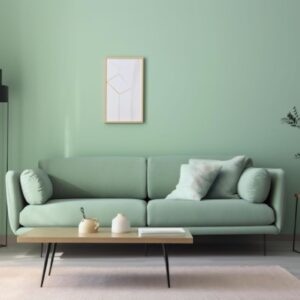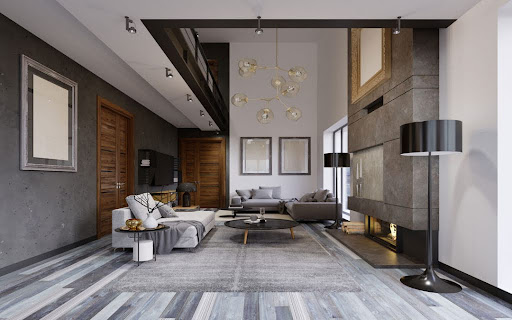
Today, we are going to tell you about choosing and combining colors for your home. Choosing the right color combination is very important to creating a welcoming and stylish home. Moreover, I will say that choosing the right color for your home can also be a difficult task.
The color you choose for your home reflects your personality, style, and taste, and the colors you choose can greatly influence the overall look and feel of your space. Whether you are decorating for the first time or redecorating, furthermore Using different wallpaper finishes and accessories can add depth and immense beauty to your home’s interior and exterior design.
Join us in this article, as we will try our best to make your difficult task easier. We will help you with different wallpapers and some tips for choosing and combining colors for your home.
Choosing the Perfect Color Scheme: A Complete Guide
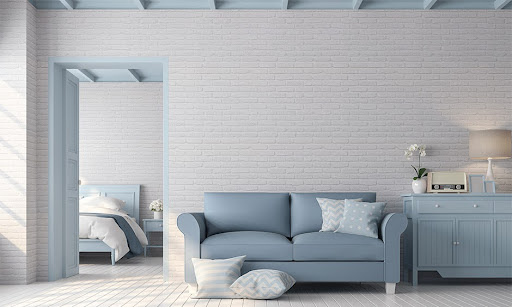
In today’s era, a perfect Choosing and Combining Colors for Your Home scheme has become essential for design. You can decorate each room with a different color of your choice. Also, don’t forget to consider the effects of lighting on color perception here. You can follow the 60-30-10 rule to maintain and ensure harmony and balance. You can check paint samples to see how the colors look in different conditions.
I won’t give you all the information here. Join us with a comprehensive guide to explain more about color selection. You will benefit greatly from these tips and colors for your home.
Discover 10 Practical Tips For Choosing And Combining Colors
- Consider the Mood
- Use the 60-30-10 Rule
- Consider the Psychology of Color
- Consider the Flow
- Take Lighting into Account
- Test Paint Samples
- Accessorize with Color
- Seek Inspiration
- Embrace Neutrals
- Don’t Forget About the Ceiling
1. Consider The Mood
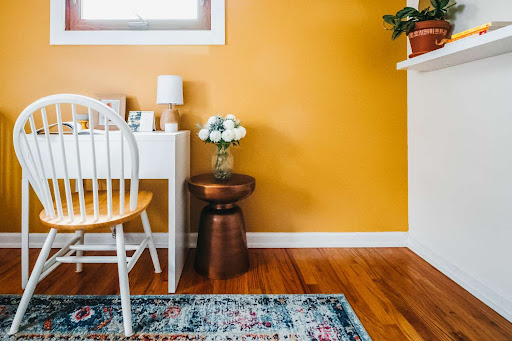
Before choosing colors, think about the mood you want in every room. Firstly, warm tones like reds, oranges, and yellows can make a space feel cozy and welcoming. Additionally, cool colors like blues and greens can promote a sense of calm and relaxation.
2. Use The 60-30-10 Rule
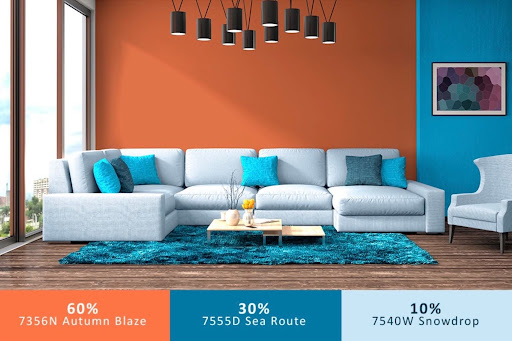
When selecting a color scheme for your space, follow the 60-30-10 rule. Firstly, this rule suggests using 60% of the dominant color, 30% of the secondary color, and 10% of the accent color. Additionally, by maintaining this balance, you can create a cohesive and visually pleasing atmosphere that enhances the overall aesthetic appeal of the room.
3. Consider The Psychology Of Color
When designing your space, it’s important to consider the psychology of color. Firstly, different colors evoke specific emotions and moods. For example, warm tones like reds and yellows can create a feeling of energy and warmth, while cool colors like blues and greens promote relaxation and calmness. Furthermore, by understanding these associations, you can use color strategically to enhance the atmosphere of your room.
4. Consider The Flow
When designing your space, consider the flow from room to room. Firstly, select colors that complement each other and create a cohesive transition in your home. Additionally, it ensures a harmonious environment and enhances the overall aesthetic appeal while promoting a sense of continuity and unity in your living environment.
5. Take Lighting Into Account
Consider how lighting affects the appearance of colors in a room. Firstly, natural light can bring out the true colors of your walls and decor, while on the other hand, artificial light can change the way colors appear. It’s important to test your color choices in different lighting conditions before making your final decision.
6. Test Paint Samples
Before choosing a color scheme, it’s wise to test paint samples. Experiment with different colors to see how they interact with the lighting and decor of your space. By doing this, you can make informed decisions and ensure that the colors chosen match your vision for the room.
7. Accessorize With Color
Now I’m talking about accessorising with color. Firstly, to add vibrancy and personality to your space, consider accessorizing with color. Furthermore, add accent pieces like throw pillows, rugs, and artwork in complementary colors. These accessories inject visual interest and depth into your room, creating a cohesive look. Additionally, they allow for easy experimentation and updates to reflect changing tastes or seasons.
8. Seek Inspiration
When starting a design project, seek inspiration from a variety of sources to spark creativity. Firstly, Browse interior design magazines, visit different websites, or discover social media platforms for ideas and trends. Additionally, by immersing yourself in various styles and concepts, you can gather inspiration and refine your vision, resulting in a more personal and cohesive design scheme.
9. Embrace Neutrals
I’m talking about how transitioning to a neutral palette can bring a sense of calm and sophistication to your space. Embrace neutrals like white, grey, and beige to create a timeless and versatile backdrop for your decor. Furthermore, these colors blend seamlessly with different styles and allow you to introduce custom pops of color or texture, adding visual interest.
10. Don’t Forget About The Ceiling
Don’t overlook the importance of the ceiling when designing a room. Adding color, texture, or architectural details can elevate the overall look and feel of a space. Additionally, you can consider painting the ceiling a lighter shade than the walls to create the illusion of height or adding crown molding for added elegance and sophistication.
Final Thought
Finally, choosing and combining colors for your home is a creative process that can greatly affect the ambiance of your space. You can create a harmonious environment that reflects your style by considering factors such as mood, lighting, and flow. Remember to test paint swatches, embrace neutrals, and get inspiration from a variety of sources. Additionally, don’t underestimate the power of accessories and the ceiling’s ability to enhance the overall aesthetic. With careful consideration and experimentation, you can achieve a color scheme that transforms your home into a welcoming and visually pleasing sanctuary.
Frequently Asked Questions (FAQ’s)
Q1: What is the 60-30-10 rule for choosing colors?
A: It recommends using 60% of the dominant color, 30% of the secondary color, and 10% of the accent color.
Q2: Why is testing paint samples important?
A: It helps visualize how colors will appear in different lighting conditions.
Q3: What should you consider when choosing colors for your home?
A: Factors such as mood, lighting, and flow should be considered.
Q4: How do we increase neutral space?
A: Neutrals bring a sense of comfort and versatility to room decor.
Q5: Why is the ceiling important in room design?
A: It can add depth and sophistication to a space, enhancing its overall look and feel.




